MARKET OVERVIEW
Increasing demand for seamless connectivity across sectors will make the Europe Wireless LAN market highly influential in the global telecommunications landscape. The growing trends of mobile devices and Internet of Things (IoT) are forcing businesses and consumers to seek reliable and high-speed wireless connections. During this digital transformation of industries, strong wireless networks will be not only required to be operationally efficient but also as a tool to enhance user experience.
The Europe Wireless LAN market is expected to experience enormous changes over the next few years that represent the changes in technology and the expectations of the users. Companies will heavily invest in advanced wireless infrastructure to take care of the elevations of bandwidth and connectivity. The expansion anticipated is not merely limited to conventional enterprises but to education institutions, healthcare facilities, and smart city initiatives. These sectors will increasingly rely on wireless LAN solutions to carry out their functionalities as well as to enhance the range of communication. Thus, in this market, innovative technologies, such as Wi-Fi 6 and beyond, which shall have better performance, increased capacity compared to other devices, lower latency, and more, shall flood into the market.
The Europe Wireless LAN market will progressively change, with diverse players seeking market share. Established telcos would develop services, while new entrants would bring in disruptive technologies. Cooperation and partnerships among industry players would increase further with this dynamic environment, thereby developing all the solutions necessary for different customer needs. The boundary between wireless LAN and other convergence areas, such as edge computing and artificial intelligence, would continue to change how organizations deploy and manage their networks.
Consumer behavior would be a determining factor in the Europe Wireless LAN market’s future. Increased uptake of remote working and digital lifestyles would translate into greater demand for reliable home networking solutions, where users would want service providers to augment their offerings with more flexibility and control in choosing connectivity options. Increased security demands will eventually mean that there would be a demand for organizations to implement secure wireless networks, pushing the pace of evolution in the market further.
However, regulatory frameworks would also shape the market for Europe Wireless LAN. Policymakers have to face issues such as spectrum allocation. This would involve privacy issues and data protection. The evocation of investment and innovation and at the same time ensuring user safety and reliability in the wireless experience would emanate from these regulatory regimes. Companies would have to operate within regulations that keep on changing in this market. Their models of operation, strategies, and products would depend on those regulatory regimes.
Looking ahead, the market for Europe Wireless LAN will get integrated with the emerging technologies such as 5G, which will offer greater capacities and connectivity scope. With the wireless LAN combined with high-speed mobile networks, connectivity will be achieved smoothly in both urban and rural areas and hence help bridge the digital divide that still exists in many regions. This drift of technological advancement will shape the trajectory of the market, seeing an end where a need for efficient communications solutions results in changing the way people connect and interact in their personal and professional lives.
The Europe Wireless LAN market is to shape up significantly with adaptations to shifting user demands and the technological landscape. Innovation in wireless technology, higher investment in infrastructure, and emphasis on user experience are what are supposed to lay the foundation for transformation in the market. Developing into a significant player, the market will be relied upon to advance connectivity, support digital transformation, and eventually determine communication in Europe.
Europe Wireless LAN market is estimated to reach $12432.1 Million by 2031; growing at a CAGR of 16.1% from 2024 to 2031.
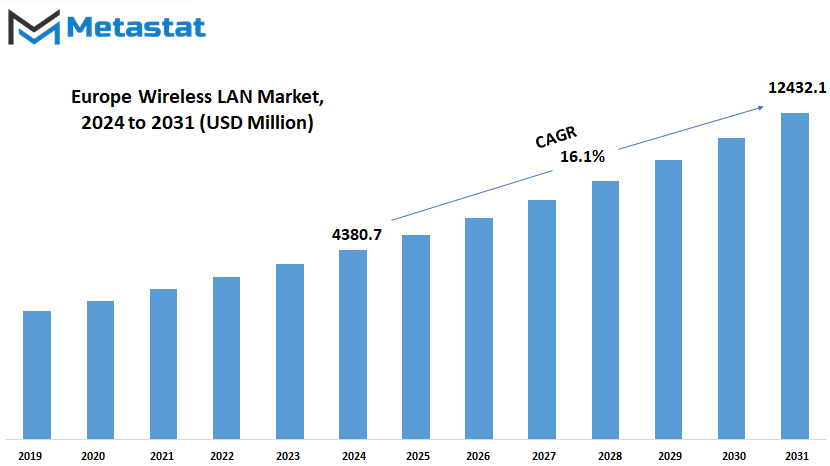
GROWTH FACTORS
The Europe Wireless LAN market is going to see huge growth in the future. Expansion is largely driven by several key factors shaping the landscape of wireless networking across the continent. The main growth driver has been strong demand for high-speed internet connectivity. People are increasingly working from home and making use of a range of digital services, thereby placing increased demands on fast and reliable wireless networks. Businesses and households are investing in wireless LAN solutions as growth in their connectivity needs matches this.
Another factor that pushes the market forward is the quick pace at which intelligent devices and the IoT is being adopted. This ranges from smart phones to smart home appliances. So, as if overnight, the number of connected devices seems to mushroom exponentially. The new trend creates an enormous demand for powerful networks capable of handling multiple devices as well as heavy data traffic.
However, some factors with the Europe Wireless LAN market threaten to restrain this industry from getting more significant growth. Some of the factors that are significant enough to be great thrusts on the industry are growing concerns of data security and privacy. With wireless LAN spreading more widely into the uses of organizations, there are higher potential chances of cyber attacks against and unauthorized use of the network. This has made these organizations wary of fully adopting wireless LAN technology.
The high initial investment for advanced wireless LAN systems may be another potential challenge. This might be a set up that prevents small businesses or non-profit organizations from introducing such high-end wireless infrastructure as their investment cost will be too high. Despite the challenges, the future ahead for the Europe Wireless LAN market is indeed bright. The most exciting opportunity on the horizon would be the roll-out of 5G technology. Once 5G networks are ubiquitous, these can then deliver faster and more reliable wireless connections. This will unlock new possibilities for wireless LAN applications, particularly areas that include industrial automation and smart cities.
Another more promising development is the increasing interest in energy-friendly wireless solutions. As sustainability appears on the top of the priority list for businesses and governments, there are increased demands for low power-consumption wireless LAN technologies. This would mean higher demand and push the market toward more environmentally friendly networking with wireless solutions.
Expectations in the near future seem bright, where the Europe Wireless LAN market will be expected to grow further and introduce innovative techniques. The greater demand for wireless connectivity would demand a more efficient, yet technologically advanced network solution, further developed to connect even more people.
All these factors, therefore, will result in more additions of network security features on the basis of privacy concerns as well as possibly more affordable wireless LAN solutions that will make high-speed connectivity widely available to users. The Europe wireless LAN market, in consideration of the issues, will continue to grow and keep strong. Increase in demand for connectivity coupled with technological advancements will fuel the market and continue moving forward in subsequent years.
MARKET SEGMENTATION
By Types
The European Wireless LAN market is always expanding as technology increases and the necessity of connectivity grows. Within this market, two major variations exist. Firstly, there are Wi-Fi technologies followed by Non-Wi-Fi technologies. Every type meets the needs of users across the continent in adherence to different requirements.
One of the most recognizable and extensively deployed forms of wireless networking, Wi-Fi, permits widespread access to high-speed Internet in homes, offices, public space, and even transportation systems. The factors underlying the popularity of Wi-Fi are its simplicity in usage, acceptance by a wide range of devices, and capability of carrying big amounts of data quickly. The requirement for robust Wi-Fi networks would tend to increase with a large number of devices being internet-enabled.
On the other hand, Non-Wi-Fi includes a range of alternatives to Wi-Fi applications with specific purposes and overcoming disadvantages of traditional Wi-Fi. They include Li-Fi that supports transmission via light and WiMAX, which covers greater territories. Non-Wi-Fi devices are majorly used in industrial environments, areas far from remote locations, and situations demanding greater security or having performance features.
Going forward, the European market for wireless LAN would continue to expand and innovate in the both Wi-Fi and Non-Wi-Fi segments. Future Wi-Fi standards will likely be enhanced for faster speed, better range, and better performance even in crowded environments. These innovations would underscore the demands of smart homes, Internet of Things devices, and bandwidth-hungry applications, including virtual reality.
Non-Wi-Fi technologies will also advance and are likely to penetrate in new markets in applications where Wi-Fi is weak. Li-Fi may be widely deployed in RF-sensitive environments such as hospitals or aircraft. Other emerging technologies might be a niche play in specific manufacturing, agricultural, or smart city infrastructure sectors.
Future Market The market will also respond to increasing concerns over security and privacy. Both Wi-Fi and Non-Wi-Fi solutions will include stronger forms of encryption and authentication against cyber threats which affect users and their information.
As the European Wireless LAN market gains more momentum, its role will be more important in nurturing digital transformation across sectors. With wireless networking technologies, it is possible to power remote work and education, smart cities and smart industries toward greater use of Europe’s digital future. Both Wi-Fi and Non-Wi-Fi solutions will continue to be under active development so that users can get the best technology solution available to suit their needs. It will contribute to a more connected and efficient Europe.
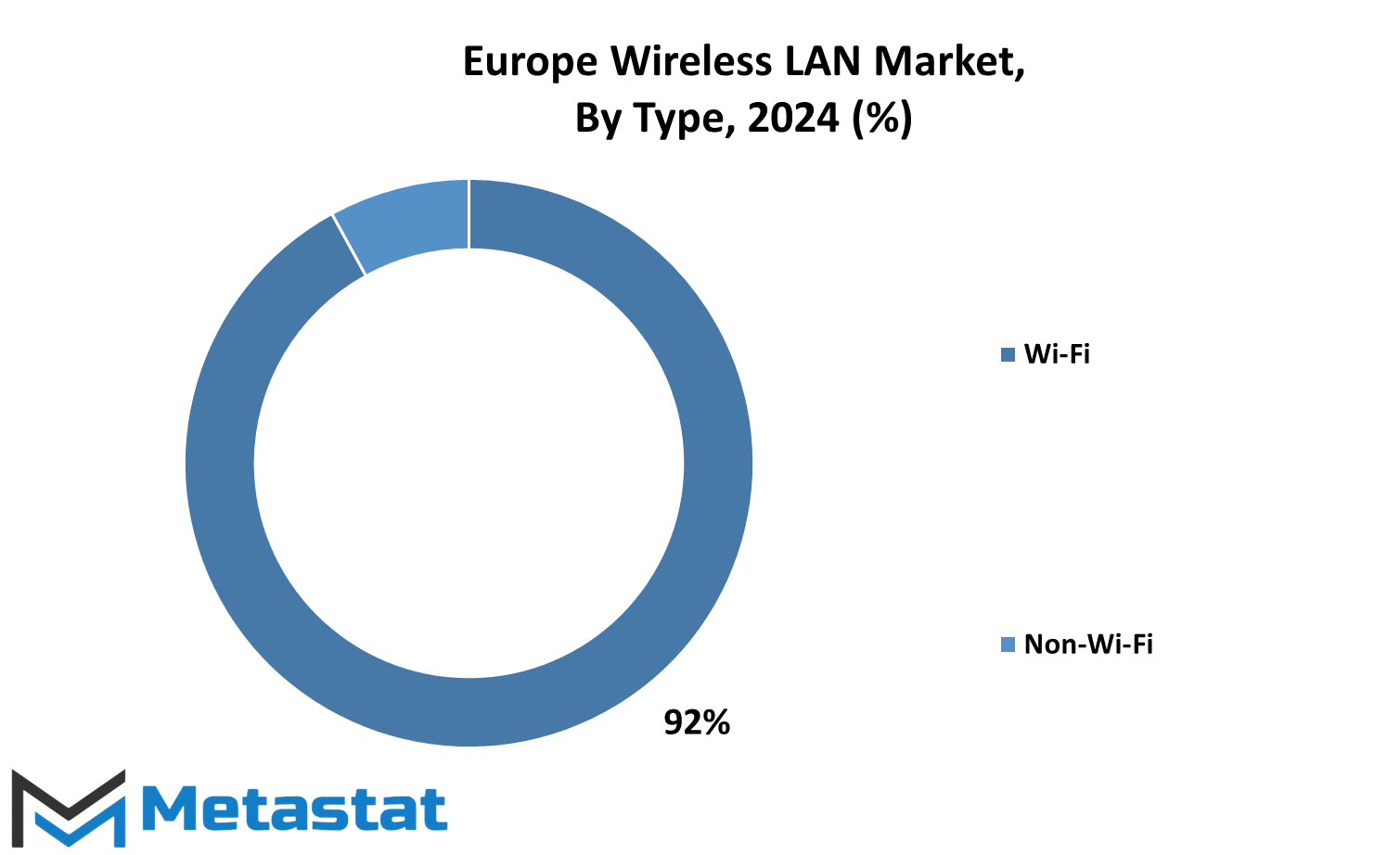
By Service Type
The market for European Wireless LANs continues growing because more businesses and individuals are seeking better solutions for connectivity. The services span various types to meet needs in the wireless networking landscape. There is an integral component for the Europe Wireless LAN market: integration and deployment services. This really helps organizations to establish and configure their wireless networks very efficiently. Experienced technicians try to ensure that new wireless systems are put in place with the least disruption to current infrastructures operating normally, which usually demands a process of careful planning and execution.
The need for training services increases with developing wireless technology. They want to train the IT staff and users on proper usage and management of the wireless networks. The training programs offered encompass network security, troubleshooting, and optimizing performance. These investments help organizations benefit more from their investments in wireless LAN investments and minimize the chances of problems that the users might introduce.
Another critical division of the Europe Wireless LAN market is support and maintenance services. Support and maintenance services offer for ongoing facilitative efforts that ensure networks are on course to run efficiently. Support and maintenance teams offer remote and on-site support to resolve technical issues at minimal to no time. Routine maintenance tasks including software updates and checking of hardware serve the purpose of reducing critical problems and prolonging the life of wireless network equipment.
Network design services allow organizations to design or expand the organization’s wireless infrastructure. Network design is, therefore, a careful consideration of how a physical environment, user requirements, and performance goals should come together to form the best possible wireless network design. Based on special tools and professional experience, designers are able to generate coverage maps of signal, remark areas susceptible to interference, and furnish recommendations for the installation of hardware.
Demand of Europe Wireless LAN will grow over the coming years, along with innovation in this marketplace. The rise of internet-enabled devices and the trend toward remote work should mean an increased demand on the strength and security of wireless networks. It means that the service providers should be geared up for evolving technologies like Wi-Fi 6 and beyond and provide experience in how to implement and manage advanced standards.
New types of services in the Europe Wireless LAN market may include security niches when cyber attackers advance or emerging services that incorporate wireless LAN with new technologies such as 5G and IoT. Market changes will keep the service providers agile and constantly changing in order to move step-by-step with the latest developments. They may have to develop new skill sets, invest in the most up-to-date and sharp tools, and build partnerships with equipment and software vendors. This would enable them to prepare well for emerging needs of business and consumers in Europe Wireless LAN.
By End Users
The Europe Wireless LAN market is highly growing as more and more people use the wireless network day in and day out. This growth cuts across various different sectors, including businesses, factories, homes, and government offices. Companies in the business world increasingly apply wireless networks. They install Wi-Fi within offices, stores, and restaurants to help employees work well while at the same time allowing customers to connect easily. An example is when coffee shops free their Wi-Fi services to attract customers who want to work or browse the internet while having their coffee.
Other businesses also tolerate the use of a wireless network. Inventories within factories and warehouses are monitored, and machine control is accomplished through them. It makes work faster and efficient. Consider a warehouse situation where stock levels can be checked on tablets by walking around the warehouse rather than coming back to the computer.
People connect more devices to their Wi-Fi network at home. Smart TVs, phones, laptops, and even appliances like refrigerators and washing machines are now included in home networks. This trend will probably continue to increase with the additional “smart home” devices available in the market. More and more governments are also using wireless networks. Public Wi-Fi in cities is being installed and wireless technology is employed in offices. This helps the governments to serve their citizens better and makes work more efficient.
Going forward, we will likely see this and all other mentioned above trends become bigger. Perhaps in the future, wireless networks will become even more indispensable in our daily lives. We may even see cities covered by fast, free Wi-Fi. Companies could possibly implement advanced wireless technology for new services we haven’t dreamt of yet.
In industries, the wireless networks would actually lead to smarter factories where machines speak to each other without wires. It could make the production faster and a little more flexible. In residence, wthe market has deeper effects of wireless technology in people’s daily lives. Imagine a house where all your devices work together seamlessly, controlled by your voice or even by your thoughts.
Governments could use wireless networks to build “smart cities” in which the flow of traffic, energy usage, and delivery of public services are better managed. When everybody’s connected wirelessly, however, we will want to think about things like privacy and security. We need to make sure that all this interoperability does not put our private information at risk.
The Europe Wireless LAN market continues to evolve in all the markets. From the business-to-business to business-to-home markets, then to the industrial and governmental sectors, there is this change in our lives and work. As every new technology comes into play, new possibilities will surface. It would be interesting to see how things shape as we move forward.
|
Report Coverage |
Details |
|
Forecast Period |
2024-2031 |
|
Market Size in 2024 |
$4380.7 million |
|
Market Size by 2031 |
$12432.1 Million |
|
Growth Rate from 2024 to 2031 |
16.1% |
|
Base Year |
2022 |
|
Regions Covered |
North America, Europe, Asia-Pacific Green, South America, Middle East & Africa |
REGIONAL ANALYSIS
Such is the growth occurring in the European wireless LAN market, where increasing demand for high-speed, always-on internet connectivity is being fuelled by widespread adoption of mobile devices. The confluence of demand from businesses and consumers for faster and more reliable wireless networks is driving the adoption of innovative solutions and expanded coverage from the European market.
Most European countries have drenched a lot of money over the last decade in wireless infrastructure simply as an enabler for economic digital transformation. The goal driving the push toward better connectivity is more than just faster internet; it is to lay a foundation for future technologies that will change people's lives and mold how people live and work.
Traditionally, the United Kingdom, Germany, and France have been leaders in the European wireless LAN market. They adopt new wireless technologies readily and have well-planned expansions for their networks. For example, in the UK, huge emphasis is placed on extending high-speed wireless internet to rural areas so as to bridge the digital divide between urban communities and those in the countryside.
Germany intends to tap into the strength of its industrial sector for the implementation of wireless LAN solutions into its manufacturing base, thus taking its place at the top of the list of strong technological country powers. Part of the broader Indian 4.0 initiative by the country, it aims to facilitate the creation of smart factories with greater efficiency and productivity.
France, for instance, is on top of the development game of smart city. It is establishing wireless LAN in the country to "enhance development in smart cities and ensure better quality of life among its people." From traffic management up to public safety, wireless networks are now being considered to be the backbone of modern city infrastructure in France.
Further development will be in the European wireless local area network market. Future growth will rely highly on the rollout of 5G networks, which will ensure that speed and latency on wireless connections increase. New applications including autonomous vehicles and remote surgery, which necessitate faster processing of data in real time.
One of the areas where IoT will certainly make an impact is in the increase of wireless LANs. As the phenomenal stream of connected devices will keep on coming-from household appliances to industrial machinery, they'll need strong and secure wireless networks.
The European Union, too, is a key driver of how the future for the wireless LAN market will look. Its strategy for the Digital Single Market aims to unify the digital economies of the member states and to harmonize the matter of spectrum allocation and support for next-generation wireless networks.
However, the market has its challenges. Data privacy and security is more at the top due to highly restrictive laws of the EU, including GDPR. Wireless LAN companies will be required to ensure not just speed and reliability of solutions but also strict enforceability of data protection rules.
The Europe Wireless LAN market is on the upswing given technological advancement and growth in the digital demand. Investments made by European countries in their digital infrastructure should continue to possess some innovative applications of wireless technology across the various sectors of the economy and benefit the lives of citizens in Europe.
COMPETITIVE PLAYERS
Change in the European wireless network landscape is quite apparent, and the Wireless LAN market is at the forefront of this change process. The industry is responding to the challenge posed by corporate as well as individual customers wanting faster, more reliable connections.
We expect key players in the European Wireless LAN market to come with solutions that will change their future. The likes of Cisco Systems and Hewlett Packard Enterprise Development LP (Aruba Networks) are expected to spearhead the development of cutting edge technologies with years of experience behind them and enormous resources. What is expected is the efficiency and security of the wireless networks meant to understand the growing data that modern society is likely to incur.
CommScope, Inc. (Ruckus Networks) and Huawei Technologies Co., Ltd. are also expected to revolutionize the market. Being companies whose core activity is R&D, innovation will be delivered by them-and perhaps next-generation products that will transform the idea of connecting and communicating through wireless. Innovations such as AI-driven network optimization and self-healing networks that can heal themselves would be implemented.
Juniper Networks, Inc. and Extreme Networks, Inc. will prosper in different niches that each company specializes in, be it a market sector or a technology area. For instance, they can concentrate their efforts on high-powered wireless solutions for large-scale industrial applications or advanced security features to protect against emerging cyber threats.
Even smaller players such as Ubiquiti Inc. and TP-Link Corporation PTE. LTD. should maintain their current market disruption due to the agile approach combined with swift adaptability to changing consumer needs. For example, they might concentrate on more affordable, user-friendly wireless solutions catering for small businesses or users in homes.
NETGEAR, Inc. and D-Link Corporation, due to their strong consumer brand presence in the marketplace, are likely to focus on improving the smart home experience. We expect to see new product lines from these companies that offer a seamless integration of any type of smart device available in a home and connectivity that is more efficient.
With the development of the European Wireless LAN market, competition is expected to increase among key players. This would lead to more innovation and even better products and services offered both to the consumer market and the business market. Collaboration among various companies will likely create unified standards and then improve interoperability across different wireless technologies.
But what does the future hold for the European Wireless LAN market? Among the highly competitive players, there will certainly be a lot of things going on where the wireless networking seems to offer promising possibilities. With research and development going strong, look forward to faster speeds, improved reliability, and stronger security features that will shape the way to live and work in the connected world of tomorrow.
Europe Wireless LAN Market Key Segments:
By Types
- Wi-Fi
- Non-Wi-Fi
By Service Type
- Integration & Deployment
- Training, Support, and Maintenance
- Network Design
By End Users
- Commercial
- Industrial
- Residential
- Government
Key Europe Wireless LAN Industry Players
- Cisco Systems, Inc.
- Hewlett Packard Enterprise Development LP (Aruba Networks)
- CommScope, Inc. (Ruckus Networks)
- Huawei Technologies Co., Ltd.
- Juniper Networks, Inc.
- Extreme Networks, Inc.
- Ubiquiti Inc.
- TP-Link Corporation PTE. LTD.
- NETGEAR, Inc.
- D-Link Corporation
WHAT REPORT PROVIDES
- Full in-depth analysis of the parent Industry
- Important changes in market and its dynamics
- Segmentation details of the market
- Former, on-going, and projected market analysis in terms of volume and value
- Assessment of niche industry developments
- Market share analysis
- Key strategies of major players
- Emerging segments and regional growth potential



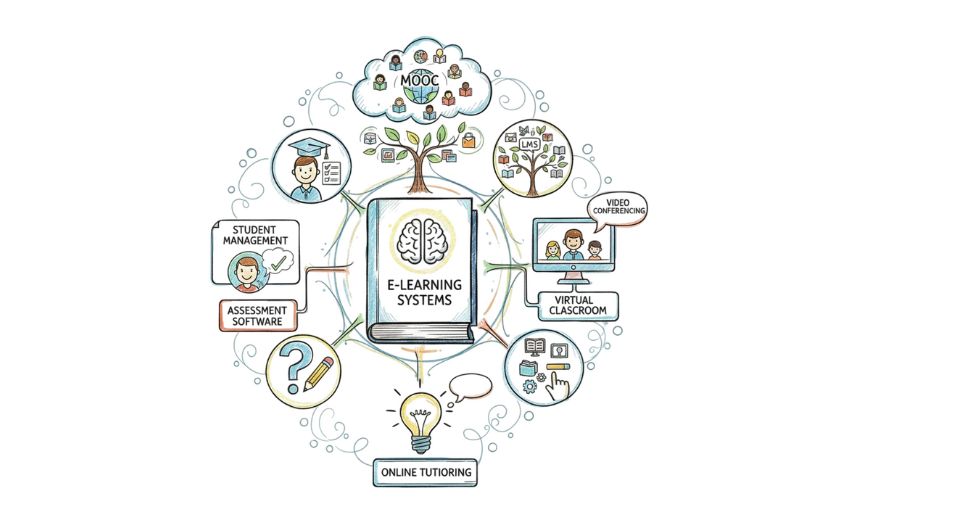
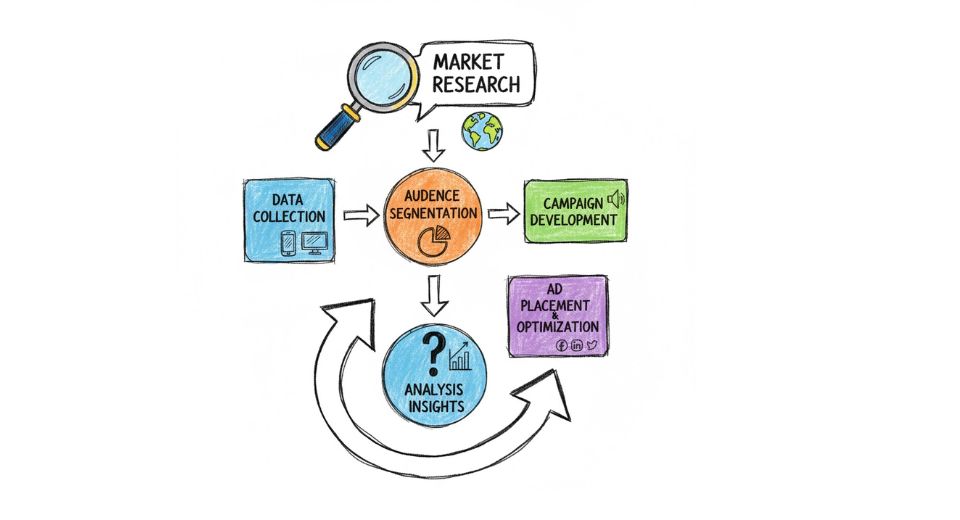
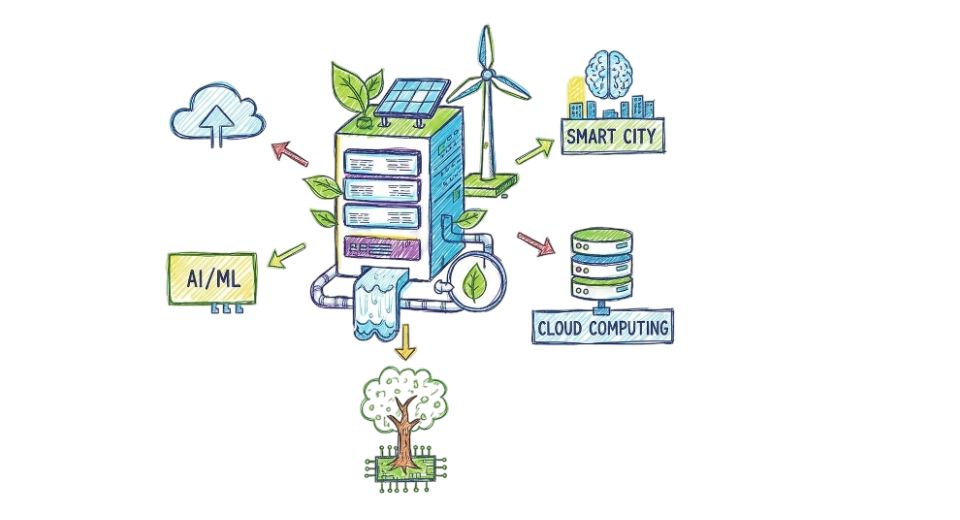
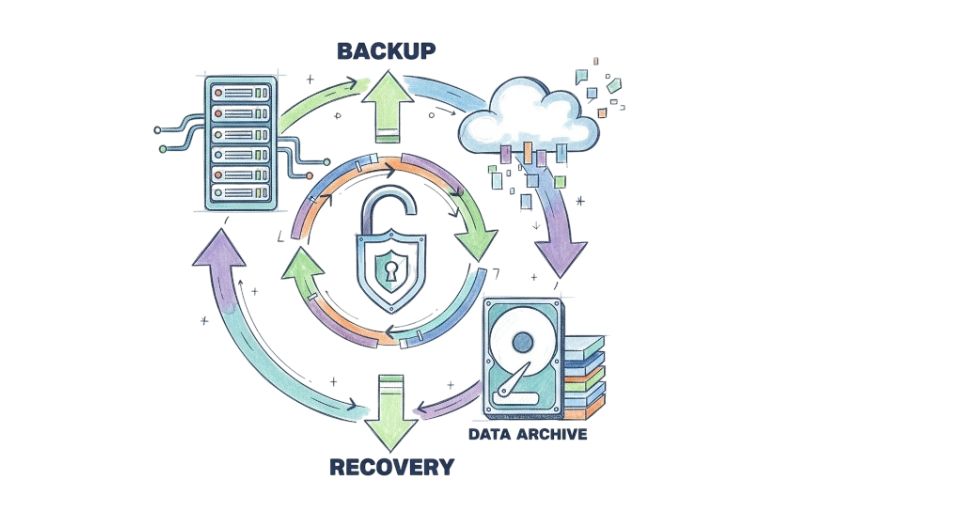

 US: +1 3023308252
US: +1 3023308252






